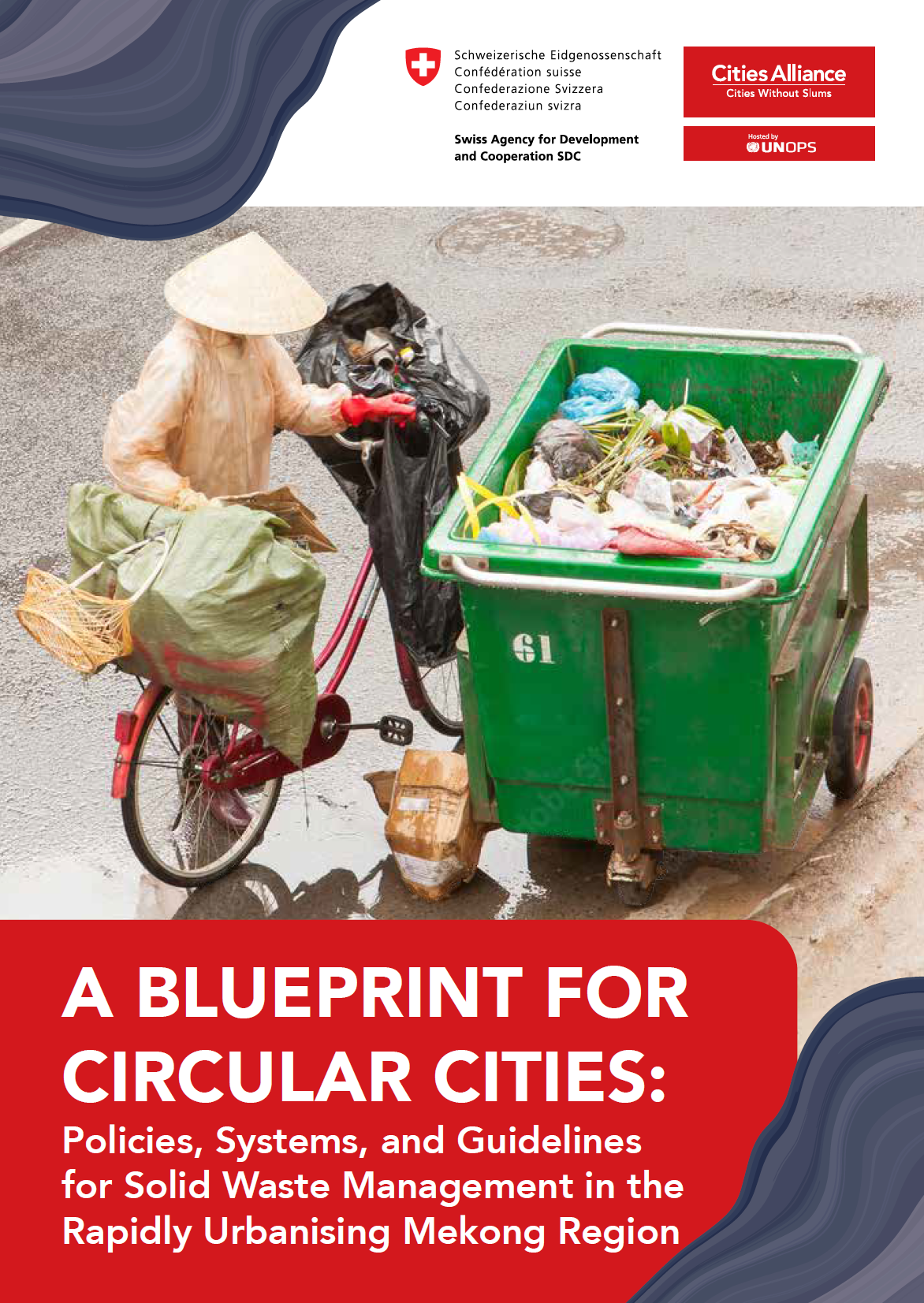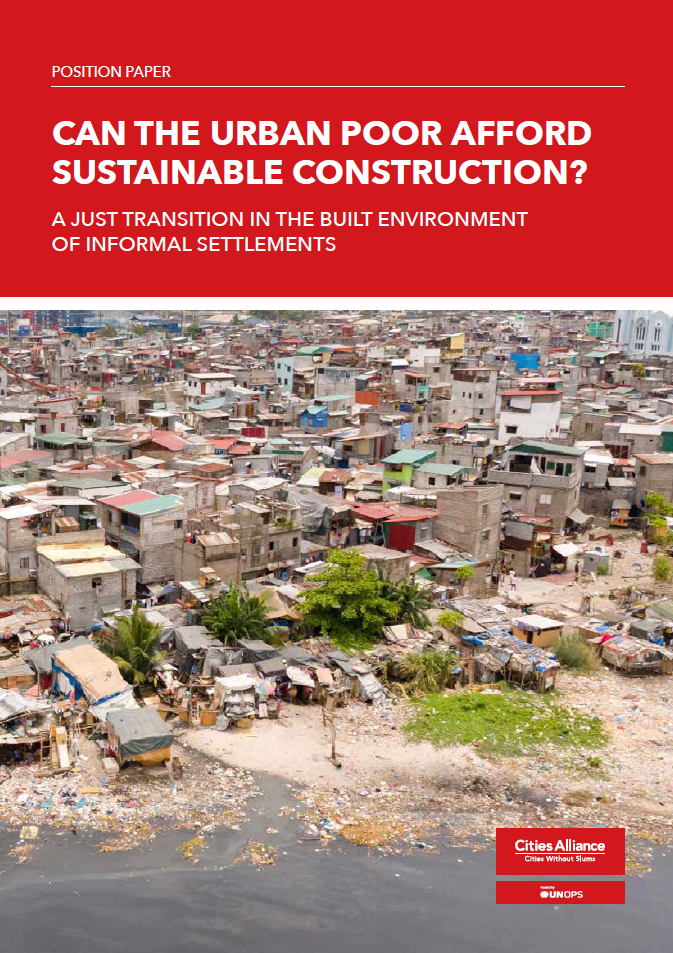- Who We Are
- How We Work
- Regional / Country Initiatives
- Legacy
- Core Themes
- Working Groups
- Portfolio & Results
- Newsroom
- Resources
Global Urban Risk Index
This World Bank Research Working Paper develops a global urban disaster risk index that evaluates the mortality and economic risks from disasters in 1,943 cities in developing countries.
Download the Global Urban Risk Index
Which cities have the highest risk of human and economic losses due to natural hazards? And how will urban exposure to major hazards change over the coming decades?
This World Bank Research Working Paper develops a global urban disaster risk index that evaluates the mortality and economic risks from disasters in 1,943 cities in developing countries. Concentrations of population, infrastructure, and economic activities in cities contribute to increased exposure and susceptibility to natural hazards.
The three components of this risk measure are urban hazard characteristics, exposure, and vulnerability. For earthquakes, cyclones, floods, and landslides, single hazard risk indices are developed. In addition, a multi-hazard index gives a holistic picture of current city risk. Demographic-economic projection of city population growth to 2050 suggests that exposure to earthquake and cyclone risk in developing country cities will more than double from today's levels.
Global urban risk analysis, as presented in this paper, can inform the prioritization of resources for disaster risk management and urban planning and promote the shift toward managing risks rather than emergencies.


